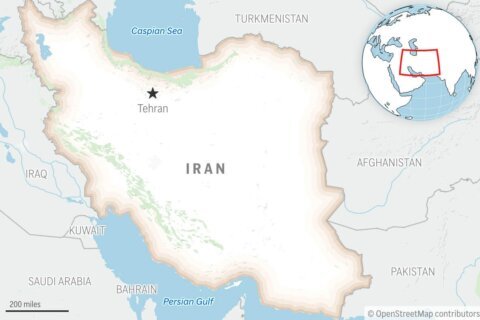HAVANA (AP) — When Martin Viera’s Chevrolet rolled out of the dealer’s lot, Harry Truman was president of the United States, gasoline cost 27 cents a gallon and a 24-year-old lefty named Tommy Lasorda was pitching for Almendares in the Cuban winter baseball league.
That world is long gone, but the Chevy’s still running on the streets of Havana — part of a fleet of classic cars that have become an icon of tourism in the socialist nation.
For decades, the cars slowly decayed. But officials in recent years have eased state control over the economy by allowing limited self-employment. So those lucky enough to have a pre-revolutionary car can earn money legally by ferrying tourists — or Cubans celebrating weddings — along Havana’s waterfront Malecon boulevard.
That’s allowed many to paint and polish their aging vehicles.
Viera’s 1951 Chevrolet and Osmani Rodriguez’s 1954 Ford are now part of Havana’s tourist draw.
Rodriguez, who has three daughters, said the opening to self-employment “was a great benefit for me. I bought an apartment to live in and really it improved my standard of living a lot.”
The cars may gleam on the outside, but they’re often battered, rolling monuments to ingenuity within. People like Yoandri Failu fabricate parts in crude workshops. Many scavenge parts, particularly engines, from Soviet-era cars and trucks.
While the U.S. embargo that took effect in 1961 stopped the flow of new cars, and most parts, a few Cubans now manage to bring in replacement parts when friends or family visit from the U.S.
Copyright 2014 The Associated Press. All rights reserved. This material may not be published, broadcast, rewritten or redistributed.







